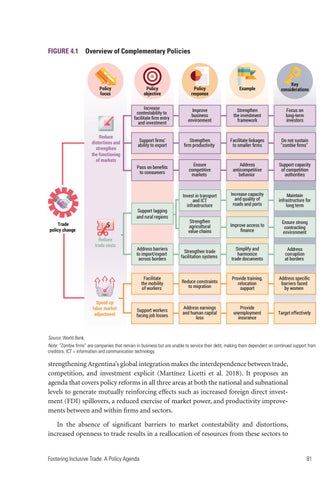FIGURE 4.1 Overview of Complementary Policies
Policy focus
Reduce distortions and strengthen the functioning of markets
Policy objective
Policy response
Example
Key considerations
Increase contestability to facilitate firm entry and investment
Improve business environment
Strengthen the investment framework
Focus on long-term investors
Support firms' ability to export
Strengthen firm productivity
Facilitate linkages to smaller firms
Do not sustain "zombie firms"
Pass on benefits to consumers
Ensure competitive markets
Address anticompetitive behavior
Support capacity of competition authorities
Invest in transport and ICT infrastructure
Increase capacity and quality of roads and ports
Maintain infrastructure for long term
Strengthen agricultural value chains
Improve access to finance
Ensure strong contracting environment
Address barriers to import/export across borders
Strengthen trade facilitation systems
Simplify and harmonize trade documents
Address corruption at borders
Facilitate the mobility of workers
Reduce constraints to migration
Provide training, relocation support
Address specific barriers faced by women
Support workers facing job losses
Address earnings and human capital loss
Provide unemployment insurance
Target effectively
Support lagging and rural regions Trade policy change Reduce trade costs
Speed up labor market adjustment
Source: World Bank. Note: “Zombie firms” are companies that remain in business but are unable to service their debt, making them dependent on continued support from creditors. ICT = information and communication technology.
strengthening Argentina’s global integration makes the interdependence between trade, competition, and investment explicit (Martínez Licetti et al. 2018). It proposes an agenda that covers policy reforms in all three areas at both the national and subnational levels to generate mutually reinforcing effects such as increased foreign direct investment (FDI) spillovers, a reduced exercise of market power, and productivity improvements between and within firms and sectors. In the absence of significant barriers to market contestability and distortions, increased openness to trade results in a reallocation of resources from these sectors to Fostering Inclusive Trade: A Policy Agenda 81

